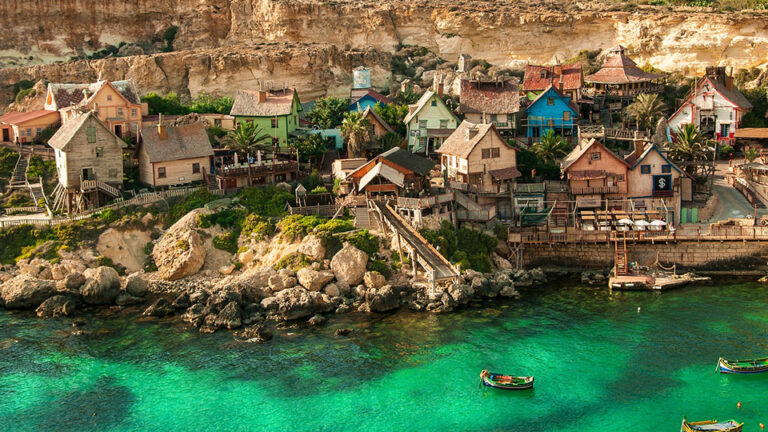Suche:
- # Artistry
- # Biology
- # Chemistry
- # Ecological
- # Economy
- # English
- # Foreign Language
- # Geography
- # German
- # Health
- # History
- # Informatik
- # Latin
- # Mathematics
- # Media Education
- # Music
- # Physics
- # Politics / Civics
- # Preschool
- # Primary School
- # Religion
- # Society
- # Sports
- # Technology
- # Training of Teachers
- # Vocational Education
Vertretungsstunde Geografie, Deutsch - Vaduz
Die interaktiven H5P-Module sind speziell entwickelt worden, um fachfremden Lehrkräften den Vertretungsunterricht im Fach Geografie zu erleichtern.
Learn moreVertretungsstunde Geografie, Deutsch - Liechtenstein
Die interaktiven H5P-Module sind speziell entwickelt worden, um fachfremden Lehrkräften den Vertretungsunterricht im Fach Geografie zu erleichtern.
Learn moreVertretungsstunde Geografie, Deutsch - Valletta
Die interaktiven H5P-Module sind speziell entwickelt worden, um fachfremden Lehrkräften den Vertretungsunterricht im Fach Geografie zu erleichtern.
Learn moreVertretungsstunde Geografie, Deutsch - Malta
Die interaktiven H5P-Module sind speziell entwickelt worden, um fachfremden Lehrkräften den Vertretungsunterricht im Fach Geografie zu erleichtern.
Learn moreVertretungsstunde Geografie, Deutsch - San Marino
Die interaktiven H5P-Module sind speziell entwickelt worden, um fachfremden Lehrkräften den Vertretungsunterricht im Fach Geografie zu erleichtern.
Learn moreVertretungsstunde Geografie, Deutsch - Monaco
Die interaktiven H5P-Module sind speziell entwickelt worden, um fachfremden Lehrkräften den Vertretungsunterricht im Fach Geografie zu erleichtern.
Learn moreVertretungsstunde Geografie, Deutsch - Andorra la Vella
Die interaktiven H5P-Module sind speziell entwickelt worden, um fachfremden Lehrkräften den Vertretungsunterricht im Fach Geografie zu erleichtern.
Learn moreVertretungsstunde Geografie, Deutsch - Andorra
Die interaktiven H5P-Module sind speziell entwickelt worden, um fachfremden Lehrkräften den Vertretungsunterricht im Fach Geografie zu erleichtern.
Learn moreVertretungsstunde Geografie, Deutsch - Gibraltar
Die interaktiven H5P-Module sind speziell entwickelt worden, um fachfremden Lehrkräften den Vertretungsunterricht im Fach Geografie zu erleichtern.
Learn moreVertretungsstunde Geografie, Deutsch - Manchester
Die interaktiven H5P-Module sind speziell entwickelt worden, um fachfremden Lehrkräften den Vertretungsunterricht im Fach Geografie zu erleichtern.
Learn moreVertretungsstunde Geografie, Deutsch - Birmingham
Die interaktiven H5P-Module sind speziell entwickelt worden, um fachfremden Lehrkräften den Vertretungsunterricht im Fach Geografie zu erleichtern.
Learn moreVertretungsstunde Geografie, Deutsch - Buckingham Palace
Die interaktiven H5P-Module sind speziell entwickelt worden, um fachfremden Lehrkräften den Vertretungsunterricht im Fach Geografie zu erleichtern.
Learn more















